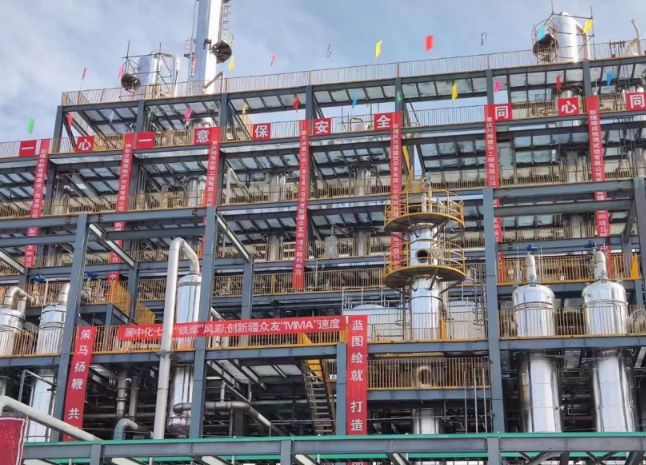Methyl propionate, a compound renowned for its versatile applications in various industries, holds an intriguing characteristic—it exhibits solubility in water. This unique property has piqued the curiosity of many, leading to a quest for a comprehensive understanding of why and how methyl propionate dissolves in water. In this detailed exploration, we delve into the intricacies of methyl propionate solubility, unraveling the scientific mechanisms that underscore this phenomenon.
The organic compound, methyl propionate, contains a highly polar carbon-oxygen double bond. The resulting molecular dipole and methyl propionate are quite soluble in water; 6.2 grams of methyl propionate will dissolve in 100 mL of water.
Introduction to Methyl Propionate
Methyl propionate, with a chemical formula C4H8O2, belongs to the ester class of organic compounds. Its molecular structure comprises four carbon atoms, eight hydrogen atoms, and two oxygen atoms. This ester, often characterized by its fruity odor, finds applications in the fragrance industry, serving as a crucial component in various perfumes and flavorings. Additionally, it plays a pivotal role in the synthesis of other chemicals, showcasing its versatility across multiple sectors.

The Nature of Methyl Propionate Solubility
Molecular Structure Influence
The solubility of a substance in water primarily hinges on its molecular structure and intermolecular forces. Methyl propionate's structure involves a polar carbonyl group (C=O) along with nonpolar alkyl groups. This configuration results in a partially polar molecule, where the polar section interacts with water molecules, facilitating its solubility.
Hydrogen Bonding
The ability of methyl propionate to form hydrogen bonds significantly influences its solubility in water. Despite its relatively nonpolar nature due to the alkyl groups, the presence of the carbonyl group enables hydrogen bonding with water molecules. This interaction between hydrogen atoms of water and the oxygen atom in the carbonyl group fosters a degree of solubility.
Factors Affecting Solubility
Temperature and Pressure
Solubility often varies concerning temperature and pressure changes. For methyl propionate, an increase in temperature can enhance its solubility in water due to the increased kinetic energy facilitating better molecular interaction. However, pressure changes do not significantly affect its solubility properties.
Concentration and Saturation
The solubility of methyl propionate is also influenced by concentration. At lower concentrations, it readily dissolves in water. However, as the concentration rises, saturation occurs, limiting further dissolution. Understanding this saturation point is vital for various industrial processes where precise concentrations are essential.
Applications and Significance
The solubility of methyl propionate in water holds paramount importance in several sectors. In the pharmaceutical industry, it serves as a crucial component in drug formulations. Furthermore, its presence in perfumes and flavorings owes to its solubility in water, enabling the creation of aromatic blends.
Conclusion
In conclusion, the solubility of methyl propionate in water stems from its molecular structure, hydrogen bonding capability, and the interplay between polar and nonpolar characteristics. This distinct property finds applications across diverse industries, showcasing its significance in various processes.
Understanding the nuances of methyl propionate solubility in water is fundamental for researchers, scientists, and industries utilizing this compound. This comprehension aids in optimizing its usage across different applications, further highlighting its significance in numerous fields.
















